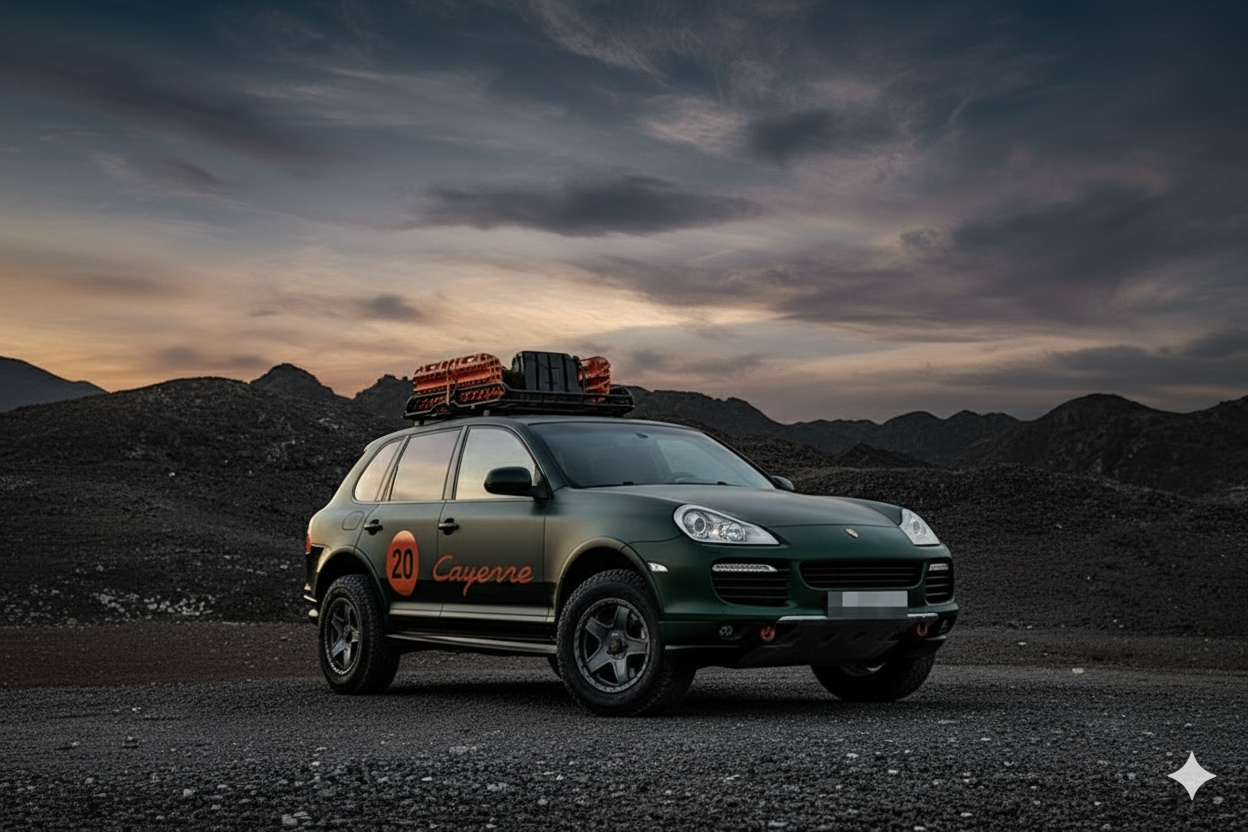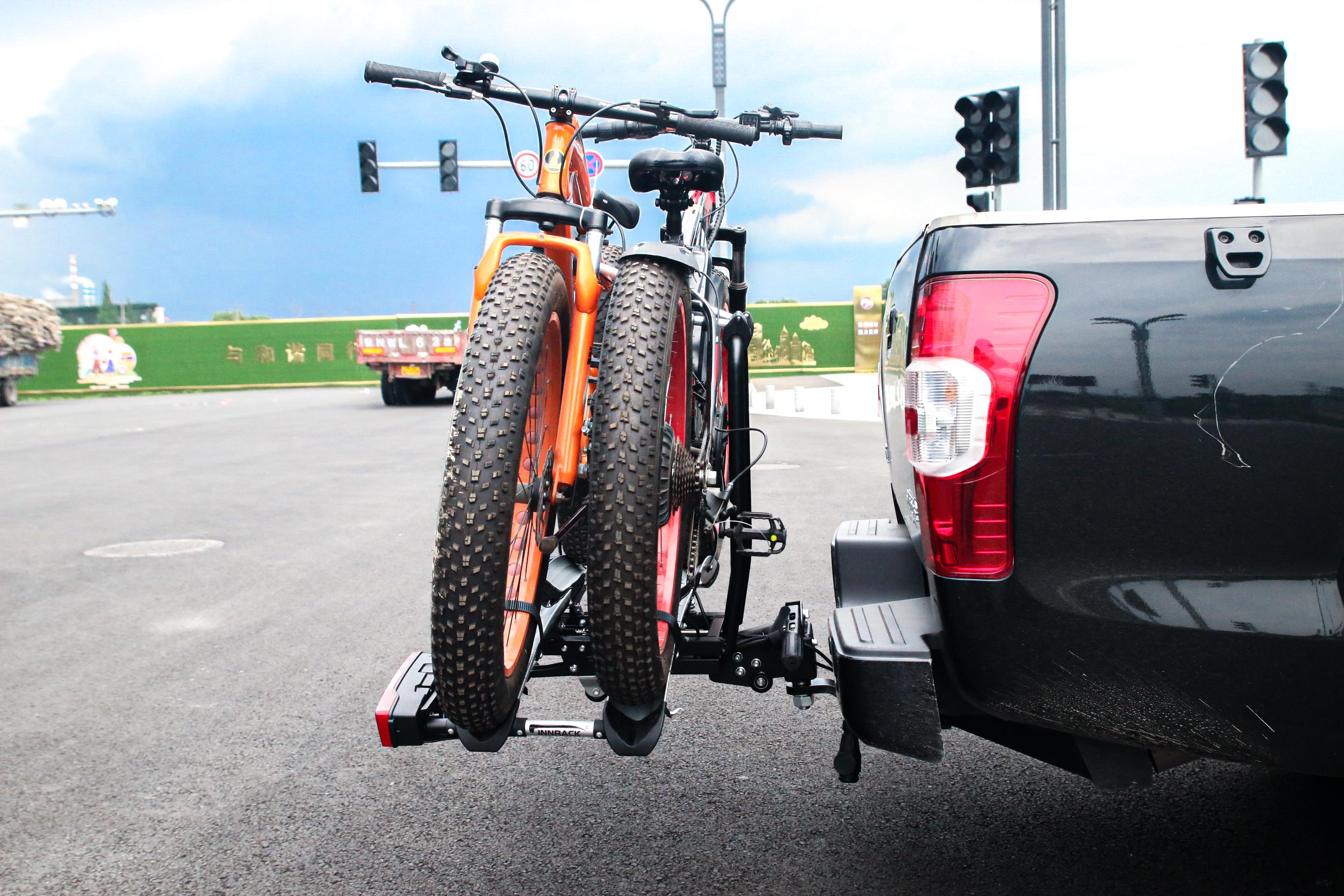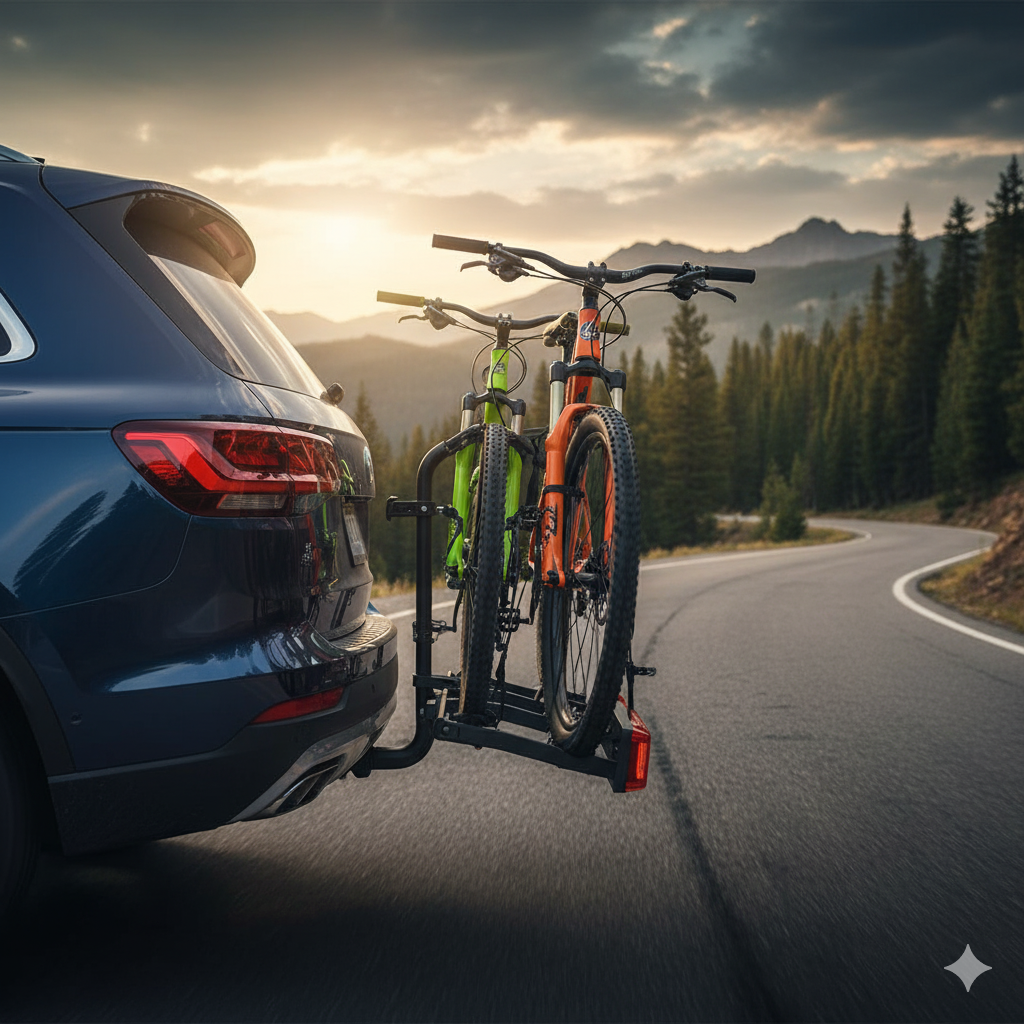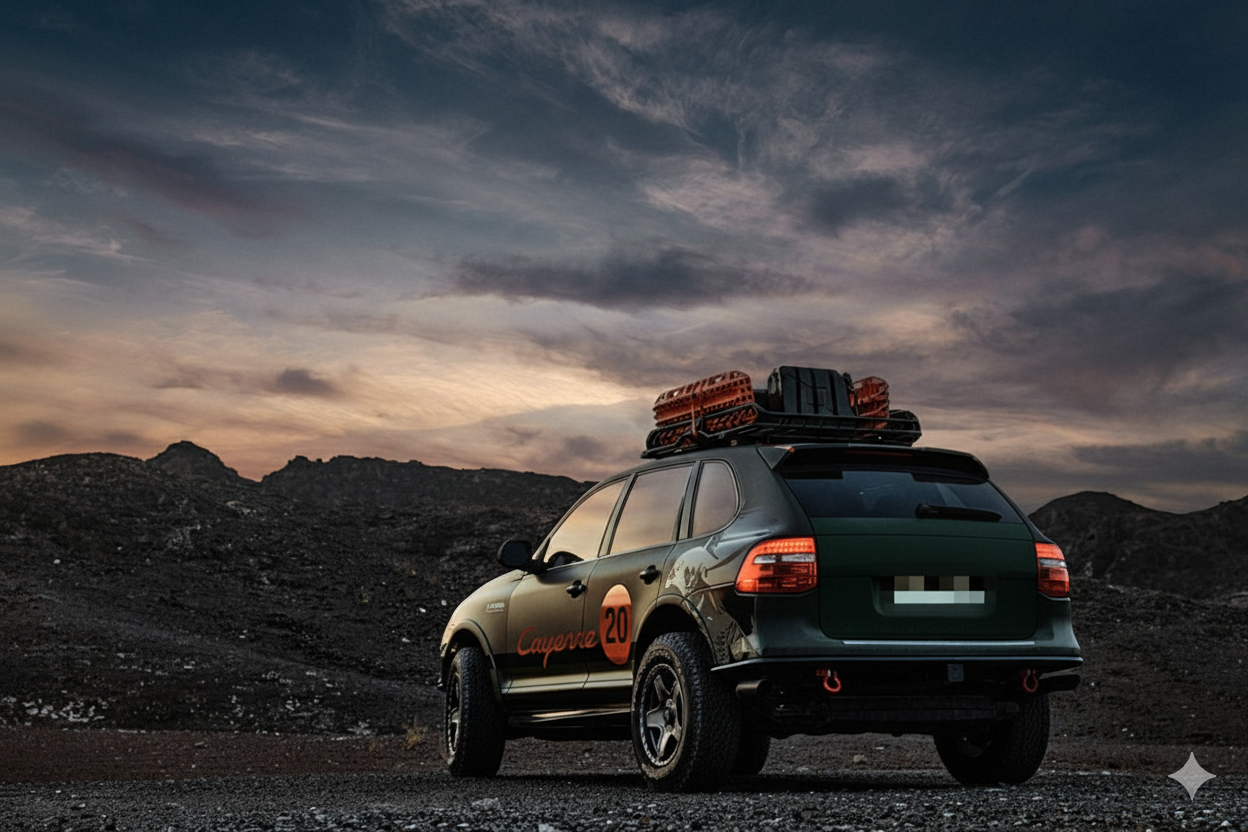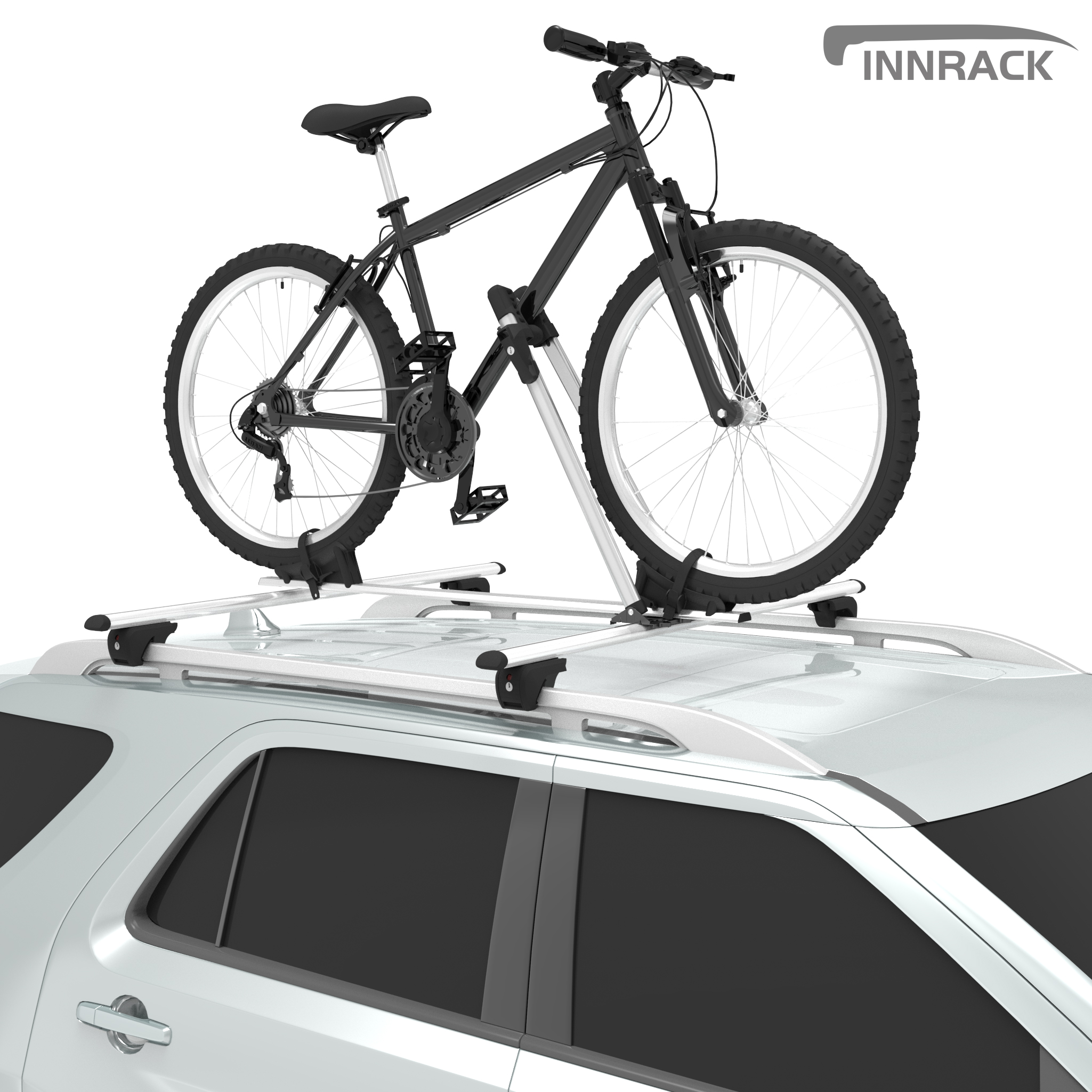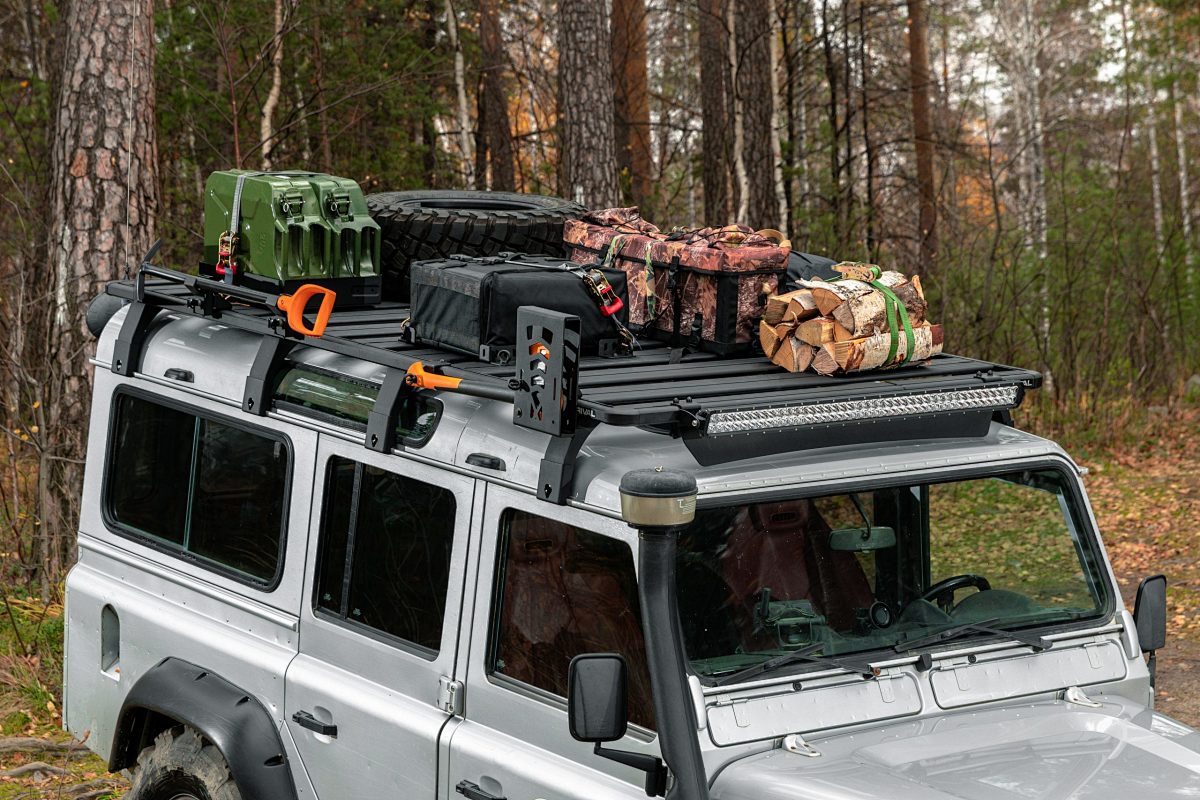
Strength Meets Versatility: Inside the Auto Rack OEM Supplier Powering Modern Mobility
In modern vehicle design, racks are no longer external accessories—they are structural extensions of the car itself.
For global automotive brands, the challenge is not just finding a supplier but partnering with an OEM-grade engineering integrator who can match precision, materials, and regulatory standards across multiple markets.
INNRACK, as a dedicated auto rack OEM supplier, bridges the gap between concept and integration—designing, testing, and validating rack systems that meet the same engineering logic as the vehicles they serve.
The Evolution of Auto Racks: From Add-On to Integrated System
Traditionally, auto racks were treated as external carriers attached post-production.
Today, OEM clients demand aerodynamic harmony, load consistency, and mounting precision that complement the vehicle’s structural and aesthetic design.
| Era | Rack Design Logic | Typical Weakness | OEM-Grade Evolution |
|---|---|---|---|
| Early 2000s | Bolt-on steel frames | High vibration, poor aesthetics | Shift to integrated aluminum systems |
| 2010s | Standalone roof racks | Limited aerodynamic testing | Use of CFD for noise and drag reduction |
| 2020s | OEM-integrated modular racks | Complex vehicle fitment | CAD-based mounting, automated QC |
Engineering Takeaway:
A true OEM rack system must distribute load, manage air flow, and align structurally with the roof’s stress points—not merely attach to them.
The Structural Core: Load Logic and Fitment Geometry
When a rack bears 30–50 kg of dynamic load at highway speed, design logic must anticipate bending, vibration, and thermal expansion.
Load Path Overview:
-
Vertical Load → carried from mounted object → rack beam → mounting foot → roof rail.
-
Torsional Load → created by wind pressure and cornering forces; resisted through material stiffness and joint design.
-
Thermal Load → expansion differences between aluminum and polymer parts; managed through isolation inserts.
| Structural Element | Function | Engineering Focus | INNRACK Solution |
|---|---|---|---|
| Main Rail Beam | Core load carrier | High torsional stiffness | 6063-T6 aluminum extrusion |
| Mounting Bracket | Transfers stress to vehicle | Precision geometry | CNC machined die-cast aluminum |
| Fastener Assembly | Joint stability | Torque calibration | ISO-graded zinc-coated bolts |
| Surface Finish | Corrosion resistance | 5-year UV endurance | Dual powder + anodizing finish |
Insight for OEM Buyers:
In an OEM system, fastener torque and bracket geometry are as critical as material quality. A 1 mm misalignment can change load distribution by over 15%.
Aerodynamic and Acoustic Optimization
As rack systems integrate with vehicle bodylines, aerodynamic tuning becomes an engineering priority.
INNRACK applies Computational Fluid Dynamics (CFD) simulations to optimize airflow over and around rack structures.
Comparison of Rack Cross-Sections:
| Profile Type | Aerodynamic Drag | Cabin Noise | Ideal Use |
|---|---|---|---|
| Round Tube | High | Noticeable | Entry-level aftermarket |
| Flat Beam | Medium | Moderate | Universal fit racks |
| Teardrop Profile | Low | Minimal | OEM-integrated systems |
Result:
CFD analysis allows INNRACK to minimize drag by 10–15%, reducing noise and improving overall driving comfort for OEM end-users.
Manufacturing Precision and OEM Validation
Consistency defines OEM partnerships.
Unlike general fabricators, INNRACK follows a serialized production and validation framework, ensuring every rack meets international automotive quality expectations.
Core Validation Standards:
-
Static Load Test: 3× rated capacity deformation threshold.
-
Vibration Fatigue Test: 10,000-cycle dynamic endurance.
-
Corrosion Resistance: 240-hour salt spray per ISO 9227.
-
UV Aging: 5-year equivalent radiation exposure.
-
Torque Stability: Retains 100% fastening integrity post-fatigue.
OEM Note:
All test data is documented per batch and stored for traceability—critical during homologation or post-market audits.
Designing for Adaptability Across Vehicle Platforms
Global OEM projects require a single rack design to serve multiple vehicle lines.
This is achieved through modular architecture—a system of shared components with platform-specific adjustments.
| Design Principle | Benefit | INNRACK Implementation |
|---|---|---|
| Modular Clamp Kits | Fits multiple roof rail types | Adjustable geometry with isolation pads |
| Shared Beam Profiles | Simplifies tooling & cost | Universal extrusion per weight class |
| Custom Mounting Feet | OEM alignment precision | CAD-calibrated molds per model series |
| Detachable End Caps | Branding & finish flexibility | OEM logo embossing options |
Procurement Insight:
Modularization enables OEMs to reduce tooling cost by 20–30% and streamline global supply across regions.
Engineering Insights for OEM Procurement Teams
Q1: What defines an OEM-capable rack supplier?
A: Engineering documentation, simulation validation, and batch traceability—not just production capacity.
Q2: How does INNRACK ensure global fitment accuracy?
A: Through 3D scanning data for 200+ vehicle roofs, integrated into CAD-based design workflows.
Q3: Are INNRACK racks compliant with international standards?
A: Yes, all products are TÜV, ISO9001, and DOT verified through third-party testing.
Q4: How are noise and drag tested before OEM integration?
A: CFD modeling followed by physical wind-tunnel validation ensures aerodynamic conformity.
Q5: What support is provided during OEM program integration?
A: Dedicated engineering liaisons, technical drawings, and localized QC documentation per platform.
Integration Is the New Innovation
The next era of mobility isn’t about adding components—it’s about integrating them seamlessly.
As a leading auto rack OEM supplier, INNRACK transforms racks from accessories into engineered extensions of automotive design.
From simulation to validation, every rail and clamp embodies a singular principle:
Precision under motion.
Learn more about INNRACK’s OEM-grade solutions on our homepage or connect with us here.

